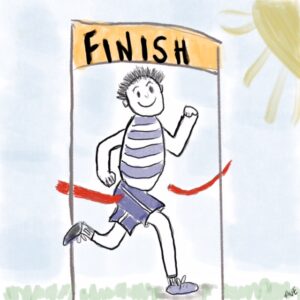
A coaching client asked to meet. His face was red, and his eyes narrowed as he told me, “I’m furious with my colleague. I cannot work with him any longer. His voice shook as he declared, “I am looking for another position.”
Of course, I listened and showed empathy to him as he shared the story of what happened. “You’re angry and frustrated… You feel betrayed and hurt.” After our meeting, the leader experienced a profound sense of relief and calmness. He could now see the situation from different perspectives, even recognizing his part in the interaction. He left with a plan for how to address the problem, no longer in a rush to leave the organization. In fact, he worked out the disagreement and continued to work effectively with his colleague after an open-minded conversation.
The key was being able to manage his emotions and judgments, see a wider perspective, and then engage in what I call OASIS Conversations.
We need to have the intention to be open-minded and take an Open Stance, and it is critical to manage our reactions so that we can be more responsive and more at choice.
One powerful way to self-regulate is to receive empathy from a friend or a trusted advisor. Equally important is to recognize and appreciate your own emotions and give yourself empathy. This self-awareness empowers you to take control of your reactions and responses.
We each need to find strategies that help us cool down and self-regulate when our emotions are strong. You may take a time-out and remind yourself to be open. You may listen to music, take a walk or dance, spend time in nature, or engage in an activity that nourishes you.
Emotionally intelligent leaders are more effective and create more engaged environments. Research shows that those who know how to control their strong emotions are more effective and experience more satisfaction.
I encourage you to notice what supports your self-regulation.
Learn more about how to self-regulate with this Open Stance reflection here: https://forms.aweber.com/form/69/1063828569.htm









